Foundation Art History: c.1300-present Tutor - Art History Resource
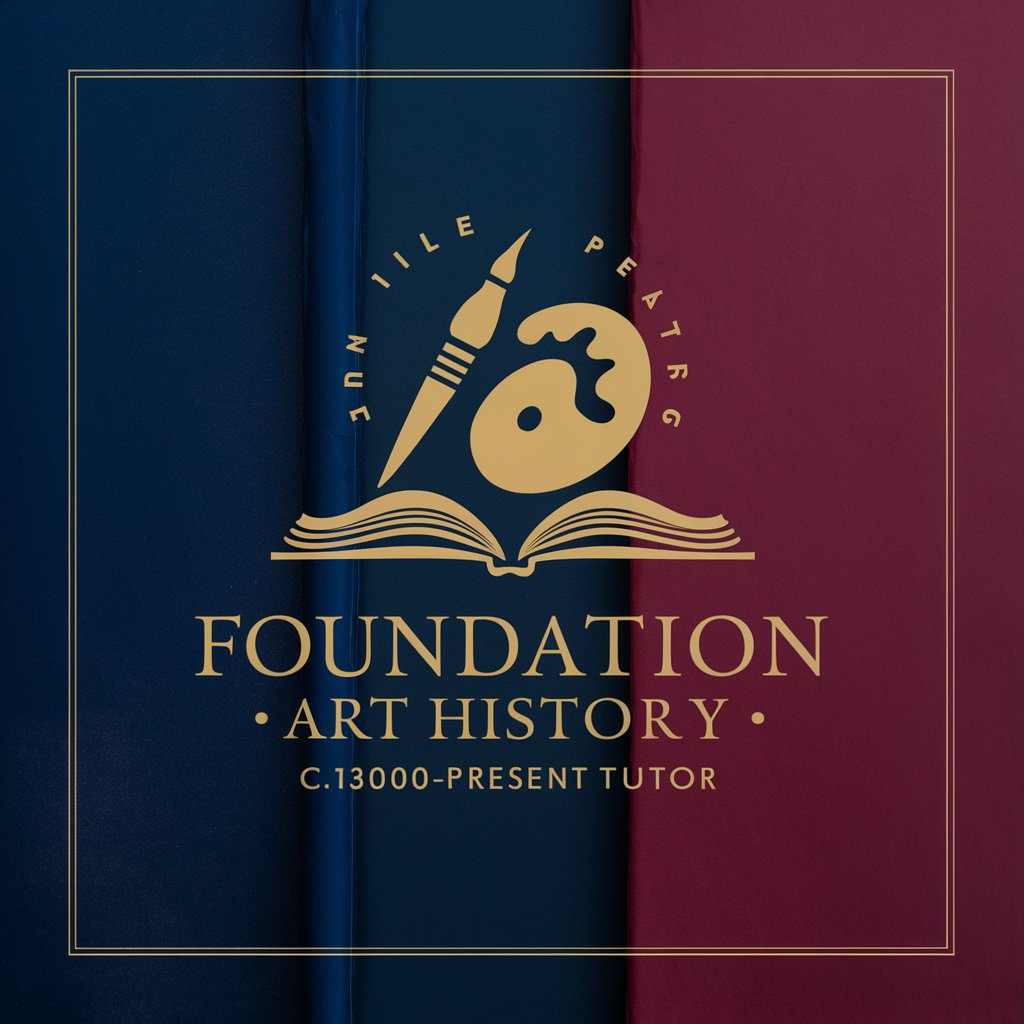
Welcome! Let's explore the fascinating world of art history together.
Explore Art History with AI
Explain the significance of the Renaissance period in art history.
How did the Industrial Revolution influence 19th-century European art?
What are the key characteristics of Impressionist paintings?
Discuss the impact of World War II on American art.
Get Embed Code
Overview of Foundation Art History: c.1300-present Tutor
The Foundation Art History: c.1300-present Tutor is designed to assist students and art enthusiasts in exploring European and American art history from the early Renaissance to contemporary art movements. This tool aims to provide in-depth knowledge and understanding of art history, making the subject accessible and engaging for beginners and intermediate learners. An example of its application includes offering detailed insights into the evolution of artistic techniques and styles, such as the transition from the flat and symbolic medieval art to the more realistic and perspective-driven works of the Renaissance. By analyzing specific paintings or sculptures, it helps users understand the historical and cultural contexts that shaped these artworks. Powered by ChatGPT-4o。

Core Functions and Applications
Educational Explanation
Example
Explaining the significance of Leonardo da Vinci’s techniques in 'The Last Supper', which includes discussion on the use of perspective, composition, and emotional expression in High Renaissance art.
Scenario
A student preparing for an art history exam uses this function to grasp complex artistic concepts and historical contexts, enhancing their understanding and ability to articulate these in essays and exams.
Comparative Analysis
Example
Comparing Impressionist and Post-Impressionist styles by analyzing works of Claude Monet and Vincent van Gogh, focusing on their approaches to color, brushwork, and subject matter.
Scenario
An art club conducts a session where members use this function to discuss the evolution of modern art, fostering a deeper appreciation and critical discussion among the group.
Art Movement Overviews
Example
Providing a detailed narrative on the development of Abstract Expressionism, including key figures like Jackson Pollock and Mark Rothko, and the movement’s impact on later contemporary art.
Scenario
A docent at a museum utilizes this information to design a guided tour that educates visitors about the complexities and historical importance of different art movements.
Target User Groups
Art History Students
Students enrolled in introductory or intermediate art history courses who require comprehensive resources to support their coursework, exam preparation, and overall understanding of the subject.
Art Enthusiasts
Individuals with a keen interest in art who seek to enhance their knowledge and appreciation of historical and contemporary art movements, artists, and their seminal works.
Museum Educators and Docents
Professionals involved in public engagement and education at art museums who need detailed art historical content to create informative, engaging tours and educational programs.

How to Use Foundation Art History: c.1300-present Tutor
Step 1
Visit yeschat.ai to start using the tool for free, without needing to log in or subscribe to any additional services.
Step 2
Choose a specific period or artist you're interested in from the European and American art history spanning c.1300 to the present.
Step 3
Type your query into the interface to receive detailed explanations, insights, and analyses related to your selected topic.
Step 4
Utilize the provided information to aid in academic writing, class preparations, or personal knowledge enrichment.
Step 5
Engage with the tool regularly to discover new artists, movements, and artworks, enhancing your understanding and appreciation of art history.
Try other advanced and practical GPTs
20th Century Photography to the Present Tutor
Empowering Photographic Knowledge with AI
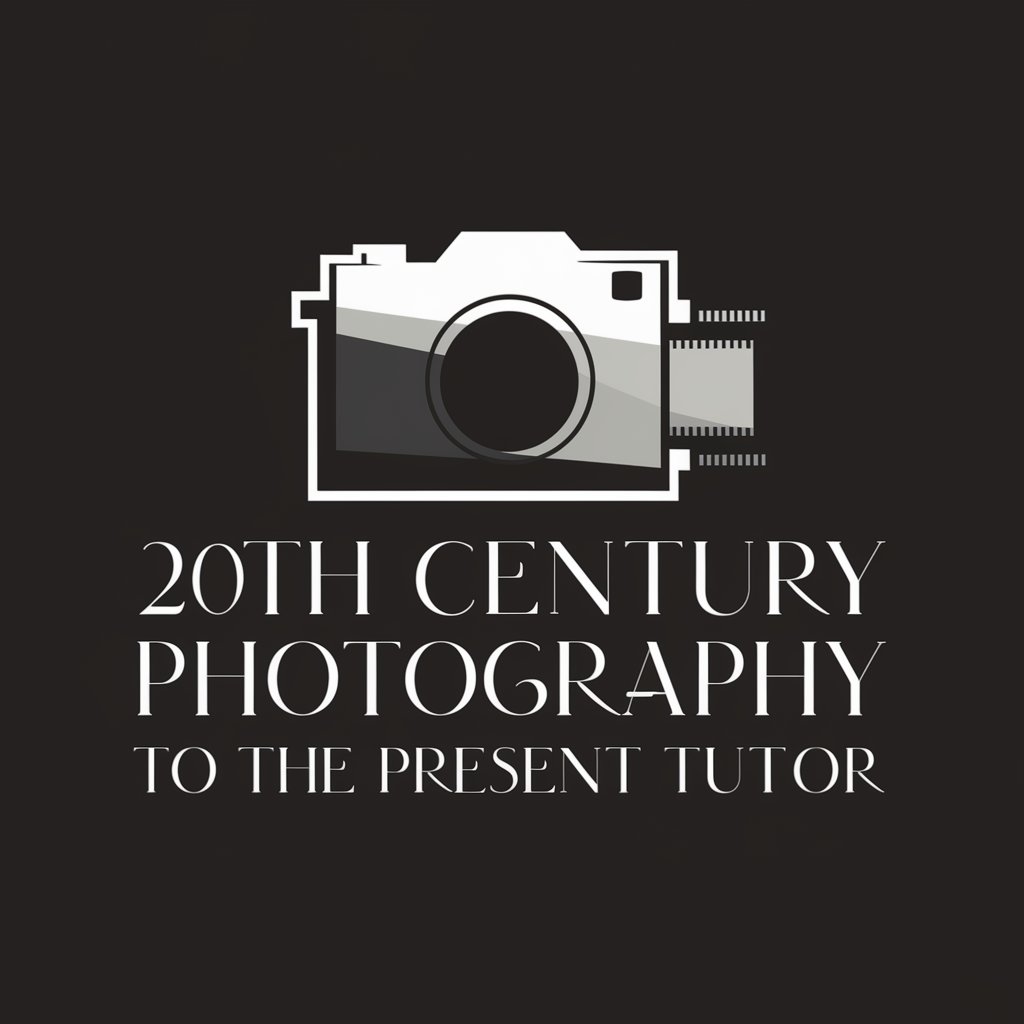
Auto-Dress Knowledge
Elevate Your Brand with AI-Powered Marketing Strategies

Dress Detective
Unmask the Genuine with AI
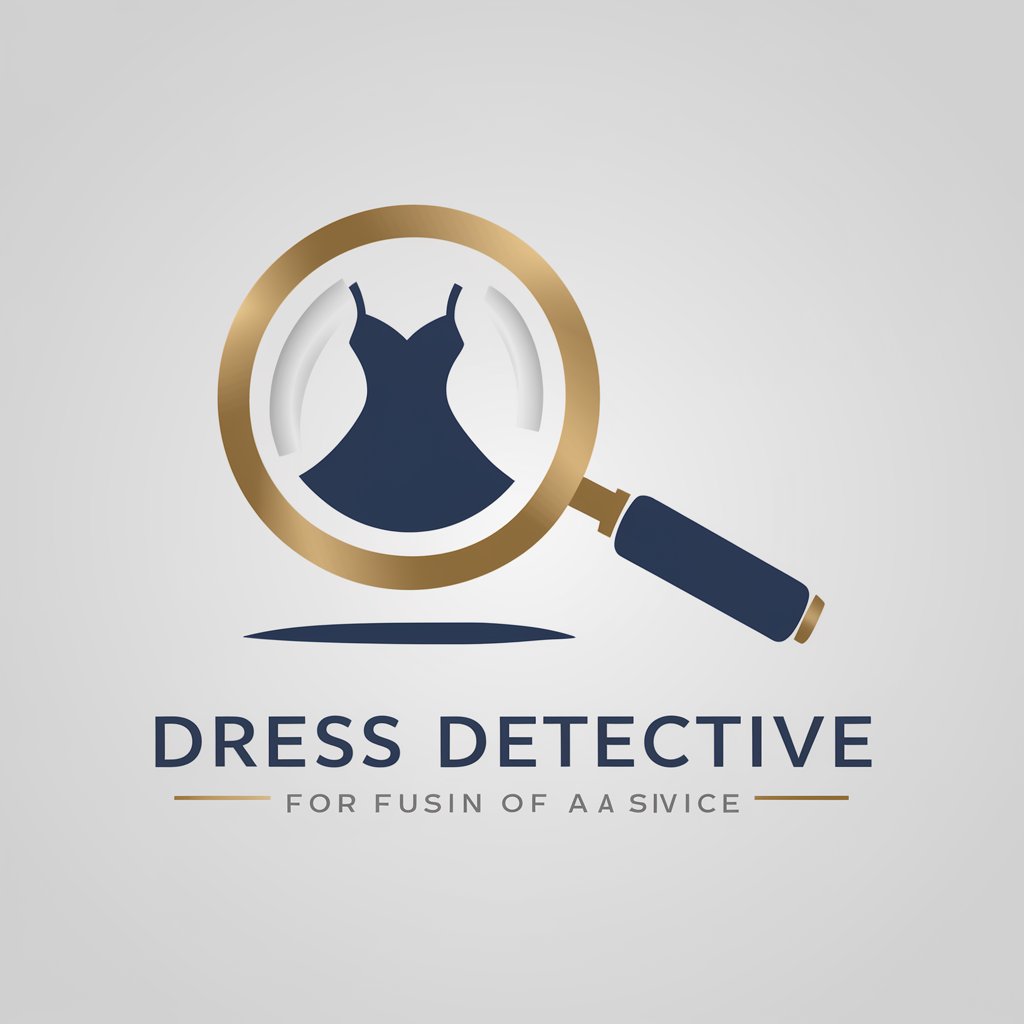
Dress Up Doggy
Dress Up Your Dog with AI!
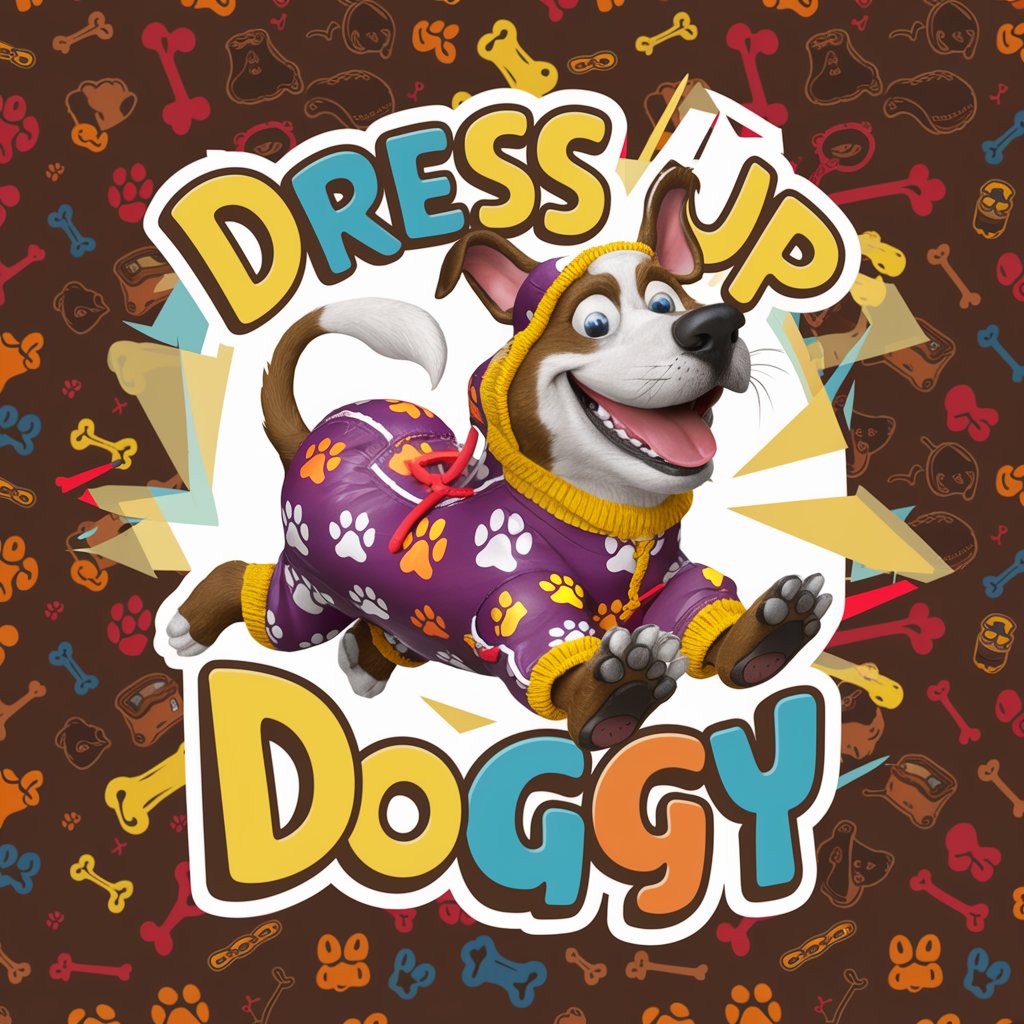
Senegal Dress Creator
Your AI-powered wedding dress designer

Dress for Success Buddy
Revolutionize Your Style with AI
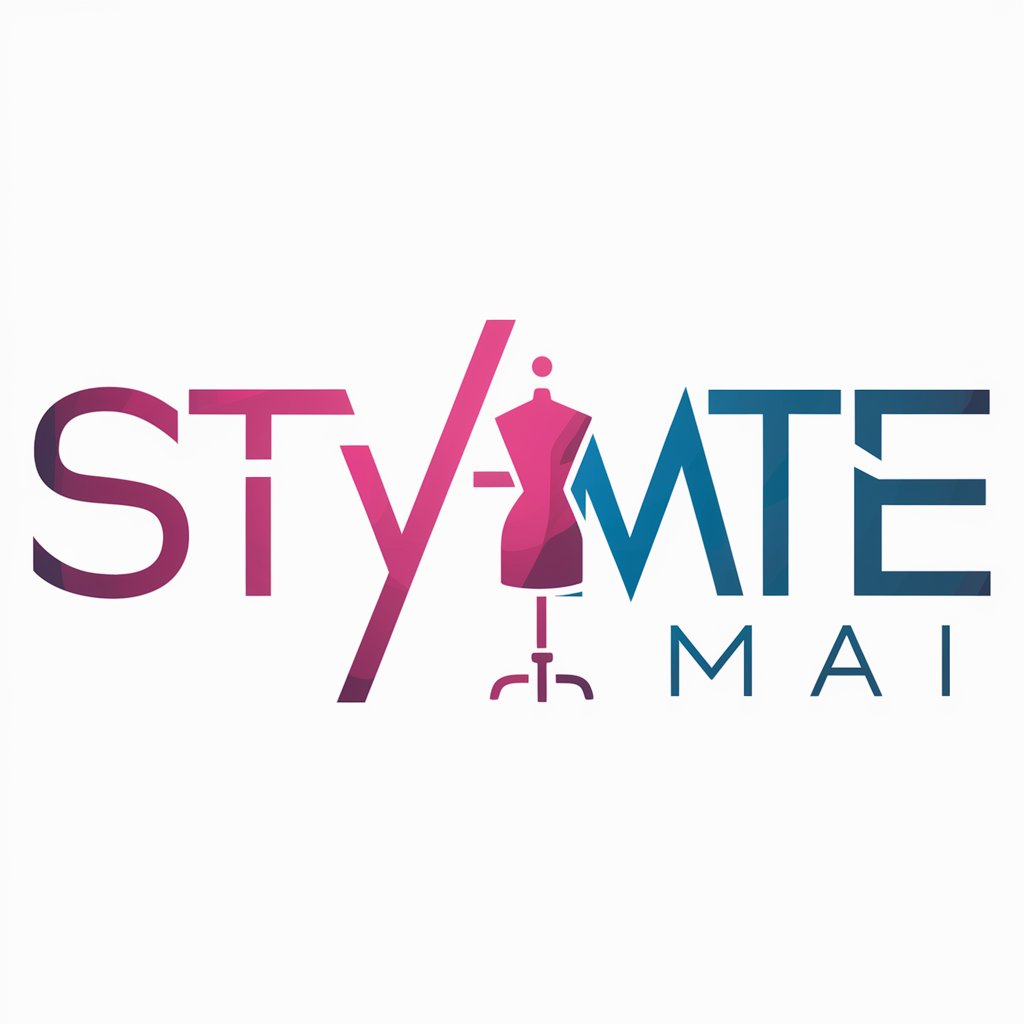
Art of Latin America: 1940-Present Tutor
Explore Latin American Art with AI
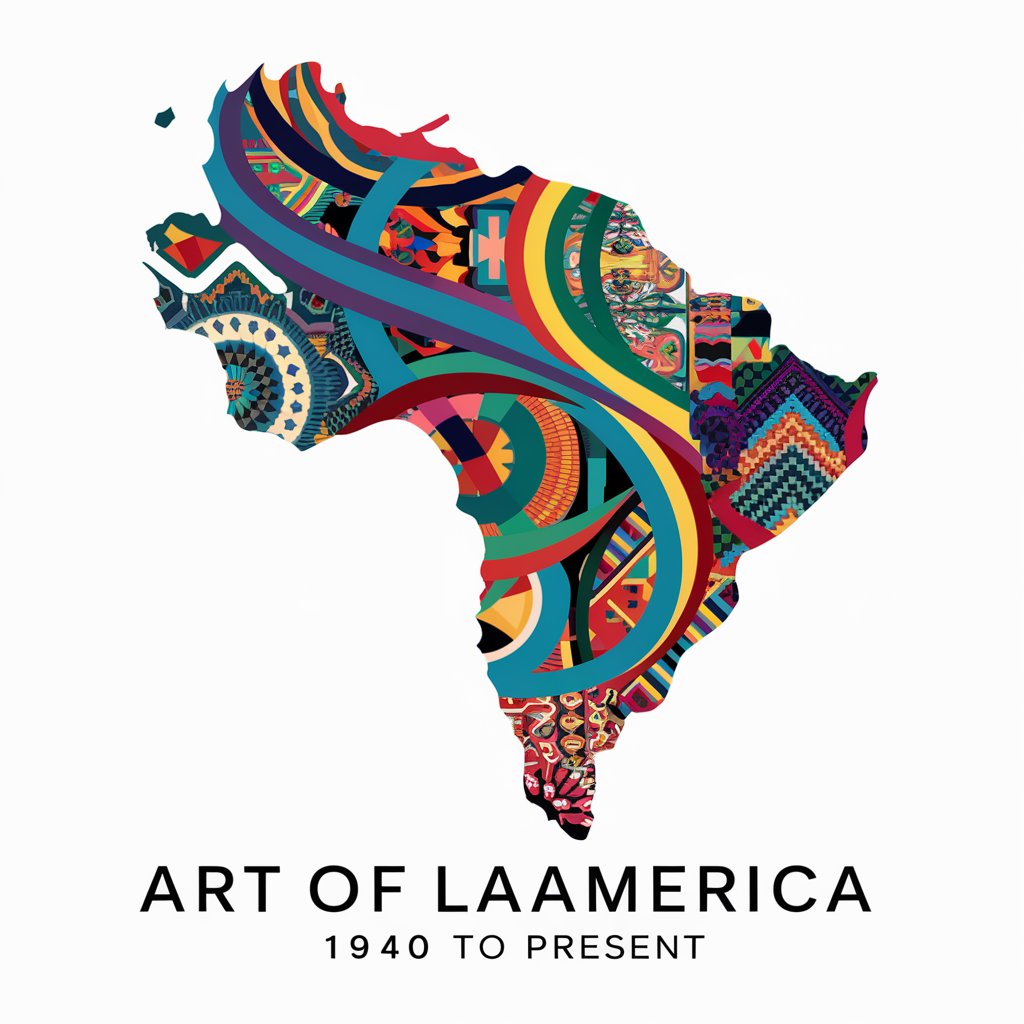
撒娇达人
Enhancing digital interactions with AI charm.

Online Dating Chat Advisor
Revolutionizing Romantic Connections with AI

Una Vida Online's chatbot
Empowering your digital venture with AI
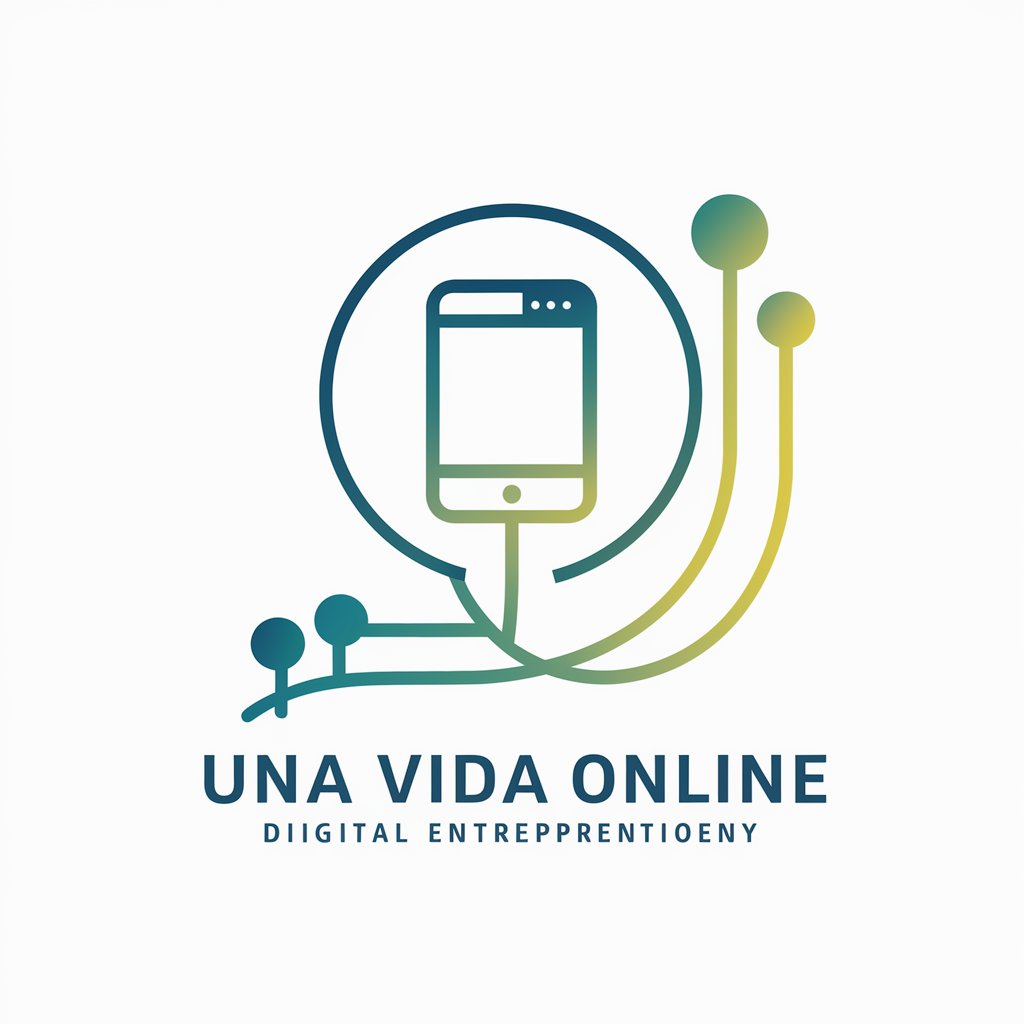
Michael
Empowering your car buying experience

Customer Service Hotline
AI-powered customer service assistant for quick support

Foundation Art History: c.1300-present Tutor FAQs
Can this tool help me understand complex art theories?
Absolutely, the Foundation Art History: c.1300-present Tutor is designed to break down complex art theories into comprehensible explanations, aiding students and enthusiasts to grasp difficult concepts with ease.
Is there a limit to the number of queries I can make in a session?
No, there is no limit to the number of queries you can make. Feel free to explore as many topics or questions as you like to enhance your understanding of art history.
How accurate is the information provided by the tool?
The tool draws from a vast database of historical art information and contemporary scholarly articles, ensuring that the responses are accurate and reflective of current academic understanding.
Can this tool assist with identifying unknown artworks?
While the tool is excellent for providing historical context and details about known works and movements, identifying completely unknown artworks might require physical examination or expert consultation.
How can this tool benefit a high school art teacher?
High school art teachers can use this tool to prepare lesson plans, source comprehensive material on specific artists or movements, and engage students with detailed, accessible content that sparks interest and understanding in art history.
